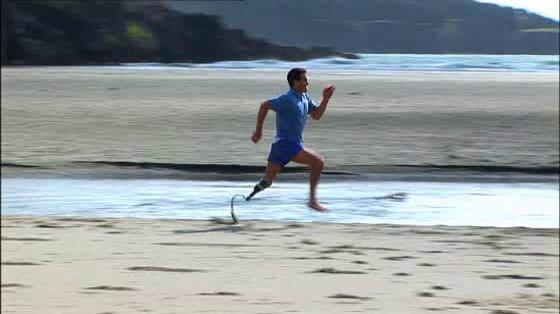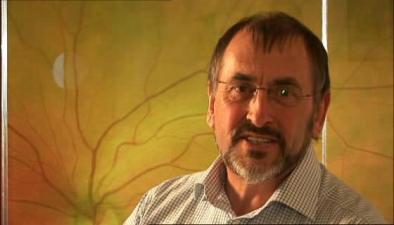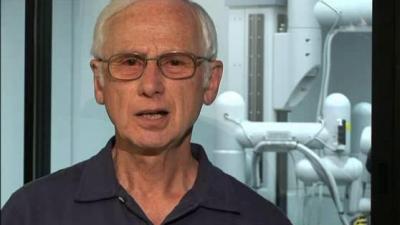Van L. Phillips
Prosthetic low ankle device
At the time of Phillips' water-skiing accident in 1976 that lost him his left leg above the ankle, prosthetic limbs suffered from one key problem: the materials used were light, easily broken and, most importantly, greatly lacking in flexibility.
Entering Northwestern University's Biomedical Engineering programme, he began to work on a design that would deliver the strength to stand up to heavy-duty use, while at the same time providing the flexibility demanded by competitive sports. Working with a carbon fibre-based material that was further modified with the help of Dale Abildskov (with whom Phillips later started the Flex-Foot Company), Phillips created a product that delivered the highest rate of energy return of any prosthetic foot on the market. Less energy expenditure meant that athletes' performance and endurance greatly increased.
The design was innovative: when weight was applied by landing on the heel, it was converted into energy that literally put a spring into the step, simulating the action of the human foot and allowing the user not just to walk, but to run and jump as well.
Phillips studied the physiology of the cheetah to identify a way to create a form of elastic stretch similar to that which exists in the hind legs of the fastest creature on land - This basic design created by Phillips has been continually refined over the last two decades, making it possible for amputees to compete in sports as extreme as skiing and climbing.
As flexible as the product itself, Phillips' patent is endlessly adaptable to the growing demands of the modern market. The innovation forms the core of many advances in prosthetics.
Contact
European Inventor Award and Young Inventors Prize queries:
european-inventor@epo.org Subscribe to the European Inventor Award newsletterMedia-related queries:
Contact our Press team#InventorAward #YoungInventors



